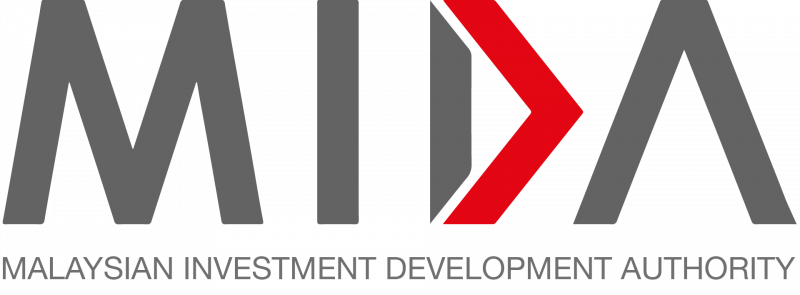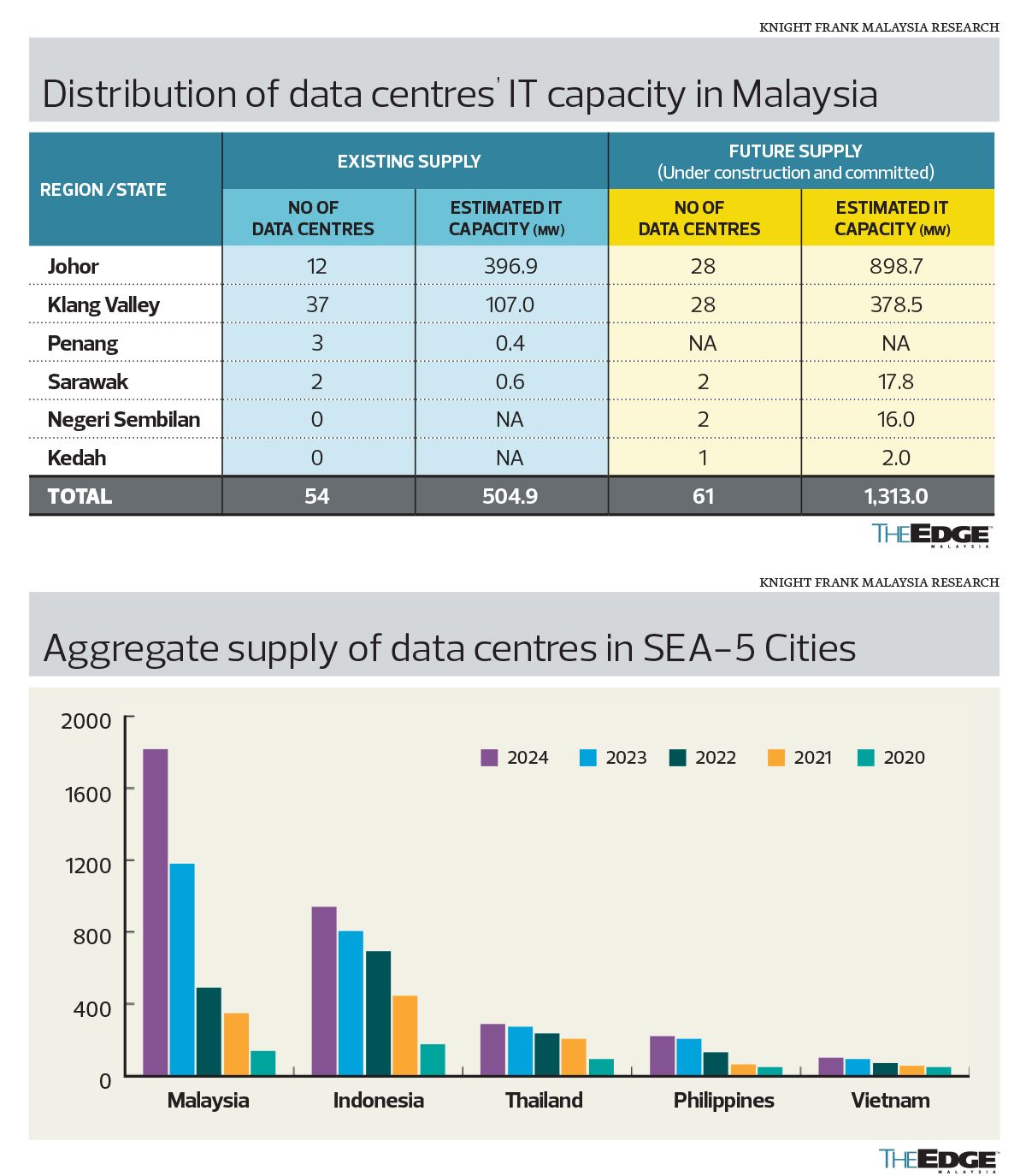Forest City has garnered significant interest from both domestic and international investors following Prime Minister Datuk Seri Anwar Ibrahim’s announcement on August 25, 2023, designating the area as a Special Financial Zone (SFZ).
With the official signing of the Johor-Singapore Special Economic Zone (JS-SEZ) agreement, Forest City, as Flagship G, has been formally incorporated into the JS-SEZ. This milestone is expected to further bolster international investment.
Deputy President of Country Garden Pacificview Sdn Bhd, Syarul Izam Sarifudin, said that the project has attracted attention from 11 companies expressing interest in establishing operations within the Forest City SFZ.
“We have observed growing interest in Forest City from investors both locally and globally. As the project developer, we are committed to ensuring the successful implementation of this initiative,” he said in a statement on Wednesday (Jan 29).
Syarul Izam is also optimistic that 2025 will bring further economic and developmental impact to Forest City, which was designated a Tax-Free Zone on Nov 15 last year.
He added that the announcements regarding Forest City’s SFZ, its duty-free status, and the JS-SEZ are expected to position the area as a key driver of economic growth, not only for Johor but for Malaysia as a whole.
“We will work closely with both state and federal governments to ensure smooth planning and mutual benefits,” he said.
To address investor concerns and provide insights, Forest City has planned a series of seminars. On Jan 18, a seminar was held focusing on Malaysia’s only 0% tax single-family office, providing investors with an understanding of policies and available incentives.
On the same day, Forest City launched pre-bookings for the first phase of commercial units in the new year. The flexible office and shopfront small office flexible office (SOFO) commercial spaces, located in Cerulean Bay, will soon be introduced to the market.
Meanwhile, Syarul Izam highlighted that Forest City’s development and its designation as an SFZ have drawn international interest, particularly from financial institutions. This was evident during a recent visit by a Johor delegation, led by Johor Mentri Besar Datuk Onn Hafiz Ghazi, to the Dubai International Financial Centre (DIFC).
“The visit to Dubai’s international financial centre was a valuable learning and expertise-sharing session, especially for Forest City. Our goal is not to compete with them but to identify key insights that can be applied here.
“These initiatives will not only benefit industry players investing in Forest City but also create job opportunities and economic spillover effects for other downstream sectors,” he said.
As a result of the visit, several parties have expressed interest in investing and establishing businesses in Forest City SFZ, particularly in the field of Artificial Intelligence (AI).
Syarul Izam also reaffirmed Forest City’s commitment to supporting economic growth and infrastructure development in the surrounding area, further increasing its long-term appeal.
“In the future, Gelang Patah will be a preferred destination due to the various facilities available, including ports, access to Singapore, industrial areas, and recreational amenities,” he said.
To enhance transportation connectivity, Forest City, following the successful launch of its bus service to and from the Malaysia-Singapore Second Link, is set to collaborate with Causeway Link once again. The partnership will introduce weekend and holiday bus services between Forest City and Kuala Lumpur.
Additionally, plans are underway to upgrade the island’s cycle lanes and transportation links, integrating them with Johor Baru’s public transit system. This initiative aims to provide residents and visitors with a more efficient and convenient travel experience.
With its combination of incentive policies and global vision, Forest City is emerging as a benchmark project in the Asean region. The establishment of the Special Financial Zone, Duty-Free Island, and Special Economic Zone positions it as a key hub for attracting investments, creating employment opportunities, and driving economic growth.
Source: The Star
Forest City draws increased investment interest following special financial zone status
Content Type:
Duration:



